MARKET OVERVIEW
The Global PV Trackers market is very fast changing with innovations and technologies that are becoming a new definition for solar energy utilization efficiency. With the increased demand for renewable energy, solar trackers serve as one of the key contributors to the optimal performance in photovoltaic applications. Besides efficiency and cost, there are other aspects of this market that extend far beyond their commonly established boundaries, having ramifications on sectors, which might seem not immediately related to solar tracking technologies.
A more intense view into Global PV Trackers will consider other avenues of its impact on future planning or infrastructure development. Buildings will now start to develop or promise solar tracking systems with consideration in the future. Urban planning will integrate solar tracking systems within residential structures or commercial buildings rather than just presenting the isolated solar farm.
This architectural transformation will allow such maximum solar capture while fulfilling aesthetic and functional considerations through the integration of system sustainability into building facades and rooftops in future architectural designs. Engineers and city planners will search for integration solutions without infringing on existing urban topography. This transformation will demand innovation in flexible and adaptive solar tracking technologies to open the gateways of energy generation with green constructions.
Extensions will also feature the Global PV Trackers market's impact on the dynamics of the supply chain in terms of raw material sourcing and manufacturing processes. The industry will witness a rise in demand for precision-engineered materials, as motors, actuators, and electronic sensors comprise key components in the manufacture of products in demand in this rapidly developing market.
Manufacturers of lightweight and durable materials will have to rethink production methods to meet changing criteria for the industry. Logistical challenges will also come about in the transport sector as the efficient movement of large components for solar tracking systems will require the optimization of shipping within plausible collaborations between manufacturers and logistics providers.
Besides providing direct applications, developments in solar tracking systems will have intersections with artificial intelligence and machine learning. They will be using automated algorithms to trace track movement that is more favorable to the orientation alignment of solar panels to improve energy absorption.
Such enhancement will amplify efficiency while also paving the way for the introduction of AI-based predictive maintenance scheduling, thus reducing both downtime and operational costs. The combination of solar tracking with AI will stretch the possibility of automation, defining how renewable energies will connect with smart grids, decentralized power systems, and other future energy landscapes.
The Global PV Trackers market will also surely penetrate the finances, particularly with changes in investment interests toward sustainable energy. Institutional investments and private equity firms are now working toward creating new models of financing that would apply to solar projects of huge proportions. With this will come different financing alternatives like green bonds or energy-as-a-service. Tokenizing investment into solar tracking projects through decentralized finance platforms promises to showcase new ways of funding while democratizing investments in renewable energy projects.
As the Global PV Trackers market progresses, its influence will far exceed normal energy applications; it will create its effects through industries from urban planning to materials engineering via artificial intelligence and the financial markets. Nonetheless, this trajectory is all too clear: solar tracking systems will cause ripples across sectors within various domains; such discussion today may be confined to efficiency and cost, but the future will redefine energy generation's integration with technological, economic, and infrastructural aspects worldwide.
Global PV Trackers market is estimated to reach $29,274.26 Million by 2032; growing at a CAGR of 14.3% from 2025 to 2032.
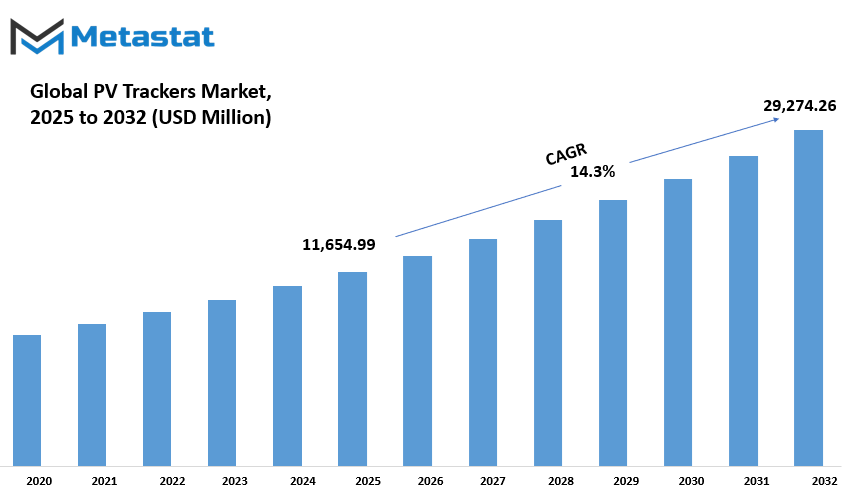
GROWTH FACTORS
The Global PV Trackers market is growing at a fast pace as the demand for efficient solar energy solutions is increasing. When industrial and governmental interest focuses more and more on clean energy sources, solar energy has become one of the major pulls to fulfill world electricity needs. Solar panel efficiency is improved with PV trackers, which track the sun's movement by tilting the panels.
This increased efficiency translates to more energy output, thereby making them the perfect option for commercial solar installations. Secondly, the diminishing cost of PV technology has enabled more investment in PV systems and thus boosted high growth in the market. Environmental changes induce several advantages, but that cannot nullify the challenges awaiting widespread acceptance of PV trackers.
One of the biggest drawbacks is that it costs too much to buy and install-and to run. Compare to fixed solar panels, PV trackers need motors, sensors, and other equipment to add to the costs. Maintenance also tends to be increased along the moving worn-out parts. All these make it difficult for small companies and consumers at home to afford it. Another drawback is the mechanical complexity of PV trackers, which increases the likelihood of failure in the system.
The more components, the more likely it is to malfunction; this means added costs with repair and slowdowns of any energy generation. However, these neurologic advancements open up bright avenues for the industry. One of the most advanced innovations is the introduction of AI-based tracking systems in PV applications.
Maximizing the panel's exposure to sunlight while ensuring higher movement efficiency is made possible by intelligent technology that uses data and predictive algorithms to optimally position the panels. Enhanced accuracy and efficiency in the AI systems deliver better performance and reliability overall to make the PV trackers more attractive to investors and energy providers. Continued research and development in this area will likely propel future market growth.
The Global PV Trackers market has a bright future ahead as demand for effective solar solutions expands. Although cost and mechanical problems continue to be setbacks, the advantages of higher energy output and more advanced technology prevail over these limitations. As AI-based tracking systems continue to evolve, the market will inevitably continue to grow, making solar power an even more feasible energy source globally. As cost-cutting and system reliability become the concerns of industry players, PV trackers will be central to the shift towards cleaner and greener energy solutions.
MARKET SEGMENTATION
By Type
The market for Global PV Trackers is expanding at a faster pace due to the increased demand for efficient solar energy solutions. Solar energy being one of the fastest-expanding renewable energy sources, the need for advanced tracking systems is increasing. The trackers play an important role in enhancing the efficiency of solar panels by having them track the sun's movement throughout the day. In this manner, they maximize energy yield to render solar power a more viable and economical source for home and business uses. Perhaps the most significant force behind this market is greater awareness of solar and renewable energy and government incentives for solar installations.
Incentives and subsidies are also being provided by most nations for the utilisation of solar technology, generating heightened demand for PV trackers. Further, with advancements in technology, these trackers have become cheaper and more efficient, further substantiating their augmented application. With increases in electricity rates and the pressure to find non-renewable energy sources, companies and consumers alike are turning to methods that will make their energy usage more efficient, and PV trackers present a viable answer.
The marketplace has various applications of PV trackers, each addressing particular requirements. The type category comprises Single-Axis Trackers, worth $7,630.52 million, and Dual-Axis Trackers, Fixed-Tilt Systems, Manual Trackers, Active Trackers, Passive Trackers, and Horizontal Trackers. Single-Axis Trackers are the most common due to their cost-effectiveness and capacity to enhance energy generation.
The systems tilt panels along a single axis, normally from east to west, as the sun moves in a daily path. Dual-Axis Trackers, however, move both vertically and horizontally, providing even more efficiency, but at a higher price. Fixed-Tilt Systems, which are stationary, are usually applied in areas with constant sunlight, whereas Manual Trackers need to be manually adjusted to change panel positions.
Active and Passive Trackers have varying means of moving the panels, Active Trackers employing motors and sensors, and Passive Trackers employing temperature changes to adjust their orientation. Horizontal Trackers are available too, commonly employed on particular large-scale installations. With the growing demand for solar energy, the PV Trackers market will continue to grow.
Firms are making R&D investments in improving tracker efficiency and lifespan so that users enjoy long-term gains. With technology constantly improving and favorable policies in place, the market will enjoy consistent growth over the next few years.
By Technology
It is based on Technology, among which major segments of the market include Photovoltaic (PV), Concentrated Solar Power (CSP), Concentrated Photovoltaic (CPV), Thin-Film Solar Technology, Bifacial Solar Modules, Building-Integrated Photovoltaics (BIPV), and Organic Photovoltaics (OPV). These technologies focus the solar energy on solar panels to improve the productivity of solar energy harvested. Photovoltaic (PV) technology is very widely used, and the sunlight is directly converted into electricity by this technology, which involves using semiconductor materials.
Their popularity is unparalleled when it comes to solar power generation and its simple installation and reliability. They function differently, using mirrors to concentrate the sun's light to a receiver, producing heat by which a turbine is propelled to generate electricity. It is most appropriate for large installations of power generation, but in places where sunlight is bright and direct Concentrated Photovoltaic (CPV) focuses sunlight using lenses or mirrors but converts it immediately into electricity using high-efficiency solar cells. Compared to PV panels, it achieves higher energy output with less material used. Thin-Film Solar Technology is also that flexible and light solar technology.
It fits on many surfaces, allowing applications outside the typical domain. While it is not capable of rendering the efficiency levels of standard PV panels, the flexibility guarantees that it can still find a place for specialized roles. Bifacial Solar Panels capture light from both the front and backside of the panel and thus increase energy absorption. The technology is particularly effective in high-reflectivity sites, like snowy or sandy areas where light reflects off the ground to illuminate the back of the panel.
Building-Integrated Photovoltaics (BIPV) substitute traditional building materials with solar panels built into the fabric of the building, such as roofs and facades. They not only generate electricity but also help beautify the structures and save energy costs. Organic Photovoltaics (OPV) are organic materials that convert sunlight into electrical energy.
Even at the research phase, OPV is promising low-cost production and flexibility to support new solar possibilities. The PV Trackers Global industry is continuously upgrading by improving technology in solar accommodation. These updates assist in meeting the ever-growing demand for clean energy and a greener future. The more adoption happens, the better quality and less expense solar-tracking options will become.
By Component
The world PV trackers market is growing at a very high growth rate as solar energy is being adopted increasingly across the world. With increasing demand for renewable energy, solar energy has become one of the priorities for governments and the private sector too. PV trackers, which allow solar panels to follow the movement of the sun and thereby increase the efficiency, are now becoming an essential factor in maximum energy production.
When compared with static solar panels, they change directions through the course of the day, a mechanism which supports the gathering of greater power and improvement of the function. With this type of capability of optimality to the utilization of the sunlight, PV trackers emerge as an even stronger idea for large-scale solar schemes. Based on application component, the industry also classifies as Solar Panels, Tracking System Controllers, Motors and Drives, Sensors, Mounting Structures, Power Conditioning Units, and Software Solutions.
All these components are tasked with making PV trackers functional, effective. The solar panels form the core component as they are tasked with collecting the sun's rays and producing electricity. The Tracking System Controllers coordinate the panel movement such that it is in the direction of the sun.
The Motors and Drives provide the motion capability, and Sensors supply them with information to allow the panels to be aligned appropriately. Mounting Structures support the system, holding it firm so that it's stable and secure. Power Conditioning Units regulate the electricity generated in order to render it suitable for utilization, and Software Solutions help monitor and improve system performance. The rising need for clean energy is one of the primary reasons for the growth of the PV trackers market.
Governments all over the world are introducing incentives, tax credits, and policies to encourage the use of solar energy. Technological advancements have also enabled prices to decline, and thus, PV trackers are more feasible for large installations. As the efficiency continues to rise, there are more commercial uses and solar farms going for the addition of tracking systems to achieve the highest output.
Although the benefits are many, there are challenges in applying PV trackers. The upfront cost of the initial investment may be greater than that of fixed-tilt solar systems, which discourages some buyers. Nevertheless, the long-term benefits in the form of greater energy output and better return on investment usually offset the initial costs. Maintenance needs may also be an issue, with there being such as moving components such as motors and sensors that must be inspected and serviced periodically.
In the coming years, the market for PV trackers will increase as technology is continually improved, making them more efficient and affordable. Increased interest in sustainability and the move to renewable energy will also drive demand. As more research and development is done, PV trackers will become increasingly efficient and cost-effective, making them a mainstay of solar power generation in the future.
By Application
The global photovoltaic (PV) trackers market registers an ever-heightening growth due to the intensifying solar power installations in the industrial sector worldwide. As industries and countries embrace renewable energy sources, demand for PV trackers keeps growing. The systems incline solar panels relative to the sun's path across the sky to achieve the highest possible energy production, a more competitive attribute than fixed-tilt systems.
Through application, PV trackers would fall under Utility-Scale Solar Power Plants, Commercial and Industrial Installations, Residential Solar Projects, Agricultural Solar Installations, Off-Grid Solar Systems, Floating Solar Farms, and Solar Carports. Utility-scale solar power plants, however, remain the dominant segment, since large projects are required to apply energy efficiencies against the demands for increased electricity. These facilities have state patronage in terms of policy frameworks that push investments in renewable power infrastructure.
In industrial and commercial setups, there exists an increasing interest in these systems because what these organizations truly need is to minimize their operational expenditures and carbon footprint. Many companies would like to incorporate solar power into their energy mix as it is a means to attain sustainable development and long-term cost benefits. Home solar projects are gaining ground too, as people go for solar power to save on electricity bills and engage in a clean environment.
Solar farm installations benefit farmers well with a sure supply of power for irrigation, lighting, and other vital purposes. Optimal energy generation at farm level is allowed by PV trackers directly-syncing the solar panels to sunlight for highest hours in the daytime. The sector is bound to grow even further now than ever as sustainable agriculture carries a lot of weight in the world.
Off-grid solar systems have been energy solutions for faraway places not reachable by conventional power grids. Such installations have helped reinforce electricity access to rural communities so that even exigent activities such as local health care, education, and small-scale industries can be served. The need will be sustained by energy independence and resilience in remote areas due to off-grid solar solutions.
Solar farms that are floating on water bodies, such as reservoirs, lakes, and other water bodies, are a new mode of solar energy generation. They cover the surface area of water bodies and conserve land space and reduce the evaporation of water, which makes them a preferred option in areas where land is scarce. Their potential to generate high energy output is attracting the attention of investors and policymakers.
Solar carports represent a pioneering way to incorporate solar power into the fabric of ordinary buildings. With the support given by PV trackers, such structures enable shaded parking spaces to power electricity to fuel electric cars or provide electricity to adjacent buildings. With the increasing urbanization and the emergence of electric vehicles, solar carports are destined to become a crucial part of green urban planning in the foreseeable future.
Overall, the worldwide PV trackers market is growing with the rise in solar energy use across various applications. This growth accounts for technological advancement, policy development in favor of renewables, and the push for energy efficiency that further justifies the need for PV trackers as an essential piece of the jig in the direction of an active sustainable future.
|
Forecast Period |
2025-2032 |
|
Market Size in 2025 |
$11,654.99 million |
|
Market Size by 2032 |
$29,274.26 Million |
|
Growth Rate from 2024 to 2031 |
14.3% |
|
Base Year |
2024 |
|
Regions Covered |
North America, Europe, Asia-Pacific, South America, Middle East & Africa |
REGIONAL ANALYSIS
This is the world's growing PV Trackers market unlike any other. Now that solar energy is being embraced everywhere, the photovoltaic tracker adjusts the angle of the solar panels to maximise exposure to sunlight, which optimally should be axial slaved to movement of the sun. The area of growth in adoption has translated into the expanding renewable energy market, which is propelled by its ecological convenience and increasing appetite for carbon-reducing energy production. Increase in solar energy projects meaningfully raises demand for PV trackers and hence increases the chances for advancement in technology and efficiency.
Related to geography, there is a distribution of the Global PV Trackers market, as follows; North America, Europe, Asia-Pacific, South America, and the Middle East & Africa. North America is further segmented into the U.S., Canada, and Mexico, while Europe comprises the UK, Germany, France, Italy, and the Rest of Europe. Asia-Pacific is segmented into India, China, Japan, South Korea, and the Rest of Asia-Pacific, while the South America region contains Brazil, Argentina, and the Rest of South America. The Middle East & Africa is further segmented into GCC Countries, Egypt, South Africa, and the Rest of the Middle East & Africa.
The reasoning is the North American dominance in contribution to the market. The presence of government initiatives on renewable energy projects has really swept the North-American region to leading the market. In fact, the demand for PV trackers is on the rise due to the increasing number of large-scale solar plants in the USA. Canada and Mexico also show steady development as they have been investing in creating solar infrastructure for further market growth.
In addition to all of these, Europe follows closely because it consists of countries like Germany, the UK, and France that have fully integrated their infrastructures in sustainable energy solutions. Policies provided by governments encourage people to consume more solar energy and thus have spurred more businesses and residential people to invest in their own PV trackers.
Asia-Pacific has now emerged as a key market contender. High deployment of PV trackers occurs in the country due to its high competitiveness in the solar panel manufacturing scenario. Demand has also increased as India's fore-runner development in solar projects coupled with incentives from the government promotes solar energy. Clean energy has prioritized Japan and South Korea, thus adding regional growth. Growth also registers in South America; its Latin countries, especially Brazil and Argentina, have expanded in solar energy. This is propelled by government policies and investment in renewable sources of energy.
The potential for solar energy in the Middle East & Africa region is enormous. Countries in the GCC, like Saudi Arabia and the UAE, are investing heavily in solar power projects. Meanwhile, Egypt and South Africa are advancing their renewable energy strategies, which in turn facilitate the expansion of PV Trackers. As technology becomes better and prices are reduced, it is expected that more countries in this region would install PV trackers, therefore enlarging the market.
The PV Trackers market will also be buttressed as solar energy adoption continues to spike around the world. Under governments' constant advancement in innovations and supportive policies, there will be a continuous hike in the demand for efficient solar tracking systems, making renewable energy a promising solution for the future.
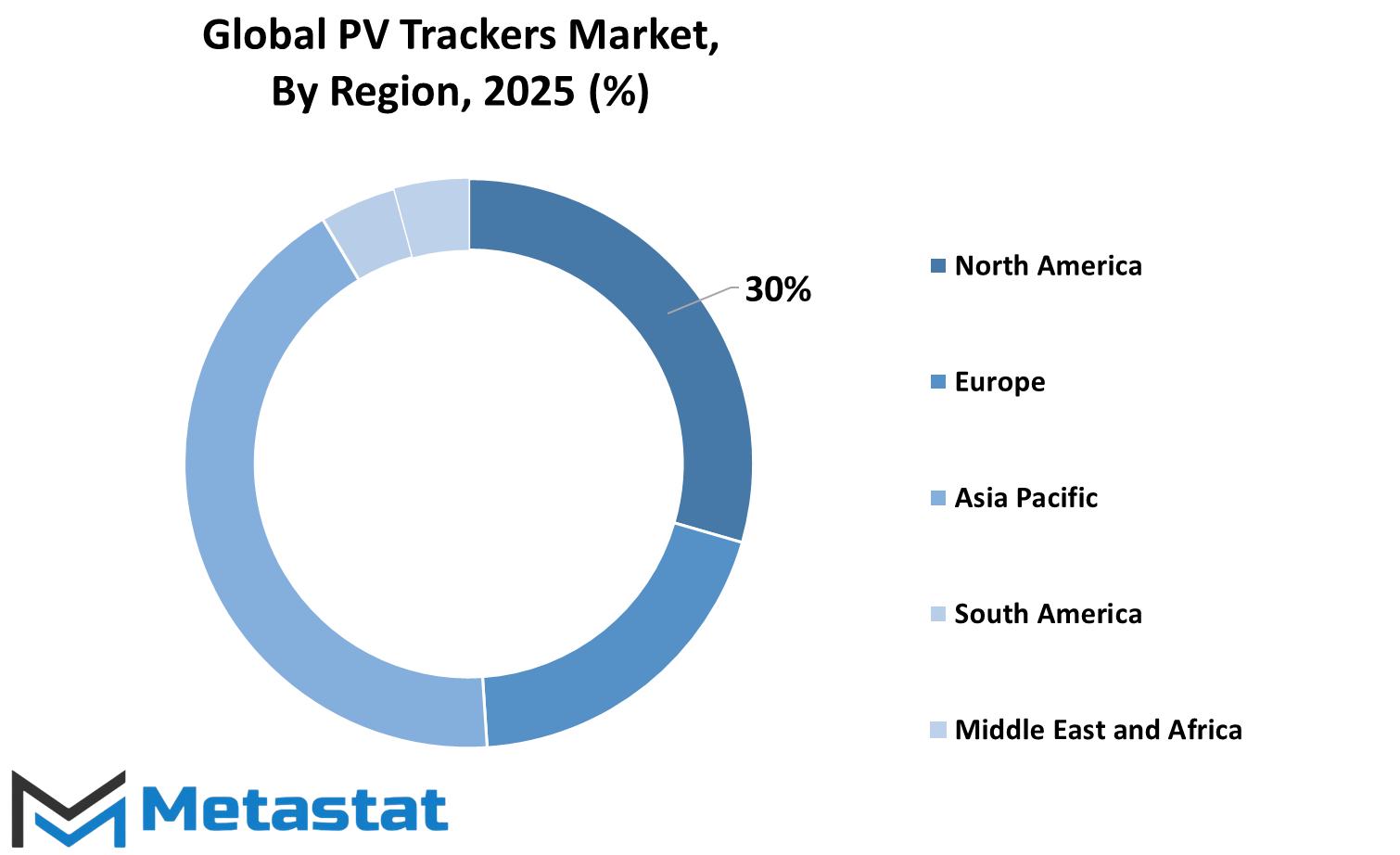
COMPETITIVE PLAYERS
The Worldwide PV Trackers Industry has progressively grown on account of the increased demand for solar sources of energy. A PV tracker changes position to follow solar rays throughout the day in order to maximize solar panel output. Certainly, this technology increases energy output, thus providing commercial as well as residential solar solutions. With the government push towards cleaner sources of energy, market demand will thrive in PV trackers.
One of the big reasons for the rising acceptance of PV trackings is the increased energy harvesting through them, as compared to fixed-tilt systems. Solar trackers in PVs allow their panels to act dynamically according to sunlight so that maximum electricity can be produced. This is especially beneficial for solar farms, where all efficiency matters. While these require an upfront high initial investment, subsequent energy savings and production, however, overcompensate for the costs.
Companies in PV Trackers include Nextracker, Array Technologies, Arctech Solar, PV Hardware, TrinaTracker, Soltec, GameChange Solar, igus GmbH, STI Norland, Tata Powers, Ideematec, Solar Steel etc. These companies strive for continuous improvement and new innovations in the performance and reliability of PV trackers. The newer models have now become more durable, less maintenance-intensive, and perform better, thanks to all recent technological advancements.
Driving factors relating to government policies, environmental concerns, and technological advancements influence the PV-tracker market. Based on these policies, several countries provide incentives or subsidies for the introduction of solar energy which creates a direct demand for PV trackers. In the meantime, as the cost of solar panels decreases, more and more businesses and household owners are considering installing solar energy, further boosting the market.
Though PV trackers offer numerous advantages, there are certain complications associated with their acceptance. The high initial cost relative to the fixed-tilt systems may discourage certain investors. The presence of moving parts in these systems requires careful attention and some maintenance, and regardless of these challenges, R&D activities are now underway toward enhancing the cost-effectiveness and durability of PV trackers and rendering them an option worth considering.
Basically, though, the Global PV Trackers market is shaped in a positive lane toward the future as a result of switching the world to renewables. With strong governmental support and continuous advance in technology, the role of PV trackers shall be one of the major players in solar power project expansion. With increasing efficiencies and decreasing costs, such systems are set for a broad acceptance, sealing solar energy options as the most scientific and cost-effective option for future energy needs.
PV Trackers Market Key Segments:
By Type
- Single-Axis Trackers
- Dual-Axis Trackers
- Fixed-Tilt Systems
- Manual Trackers
- Active Trackers
- Passive Trackers
- Horizontal Trackers
By Technology
- Photovoltaic (PV)
- Concentrated Solar Power (CSP)
- Concentrated Photovoltaic (CPV)
- Thin-Film Solar Technology
- Bifacial Solar Modules
- Building-Integrated Photovoltaics (BIPV)
- Organic Photovoltaics (OPV)
By Component
- Solar Panels
- Tracking System Controllers
- Motors and Drives
- Sensors
- Mounting Structures
- Power Conditioning Units
- Software Solutions
By Application
- Utility-Scale Solar Power Plants
- Commercial and Industrial Installations
- Residential Solar Projects
- Agricultural Solar Installations
- Off-Grid Solar Systems
- Floating Solar Farms
- Solar Carports
Key Global PV Trackers Industry Players
- Nextracker
- Array Technologies
- Arctech Solar
- PV Hardware
- TrinaTracker
- Soltec
- GameChange Solar
- igus GmbH
- STI Norland
- Tata Powers
- Ideematec
- Solar Steel
WHAT REPORT PROVIDES
- Full in-depth analysis of the parent Industry
- Important changes in market and its dynamics
- Segmentation details of the market
- Former, on-going, and projected market analysis in terms of volume and value
- Assessment of niche industry developments
- Market share analysis
- Key strategies of major players
- Emerging segments and regional growth potential



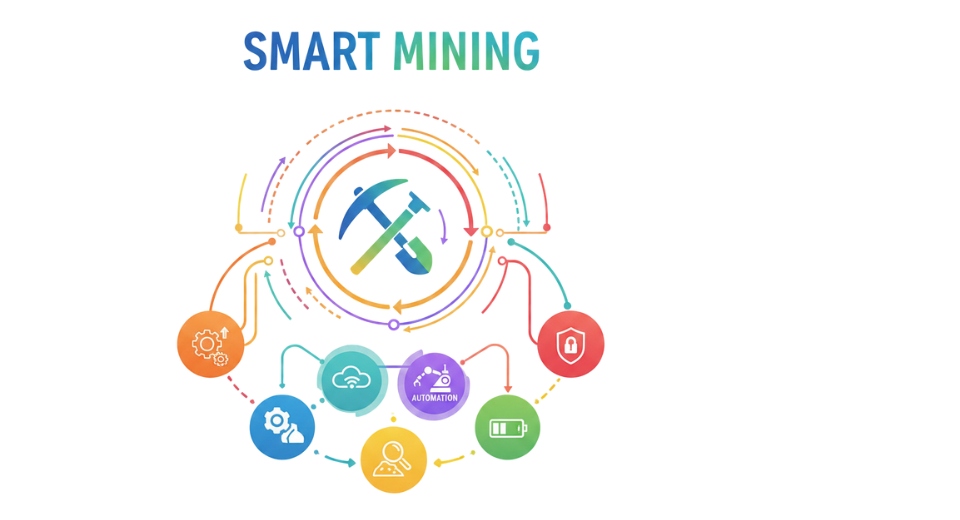
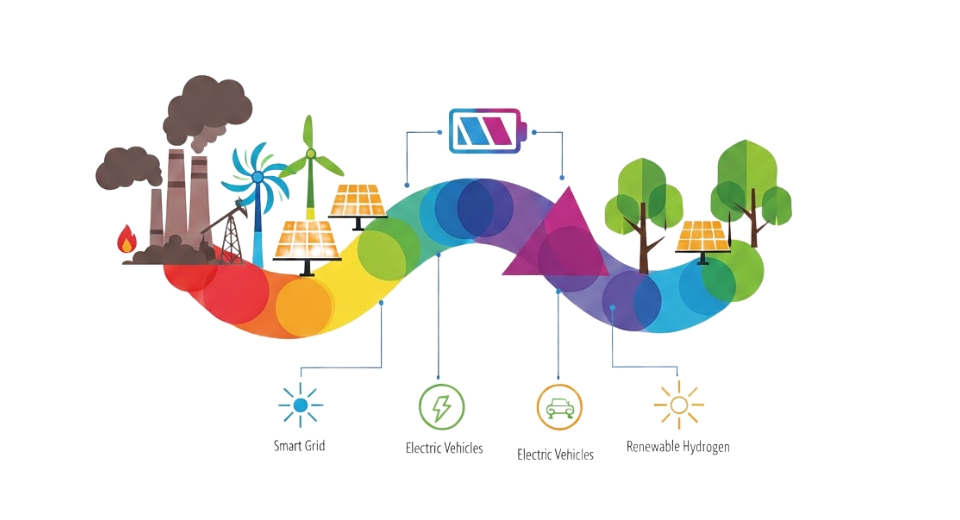
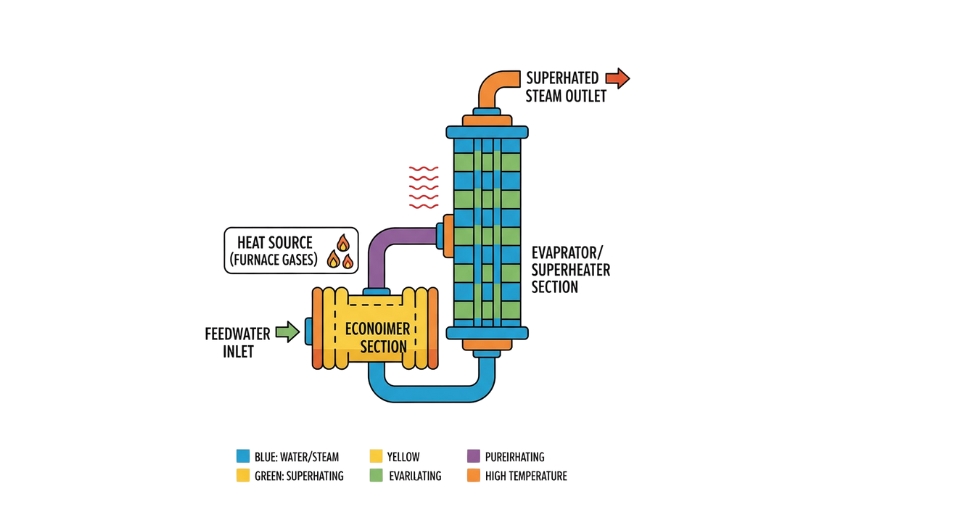
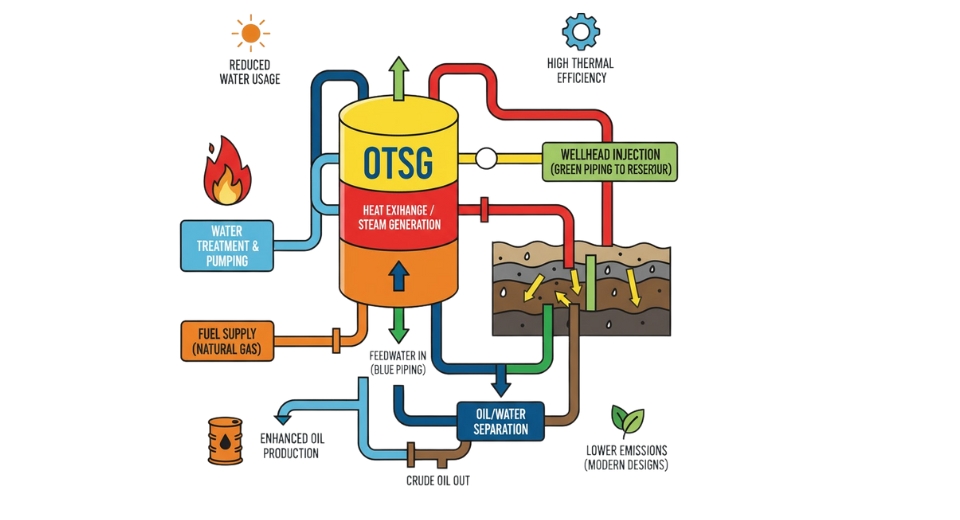

 US: +1 3023308252
US: +1 3023308252






